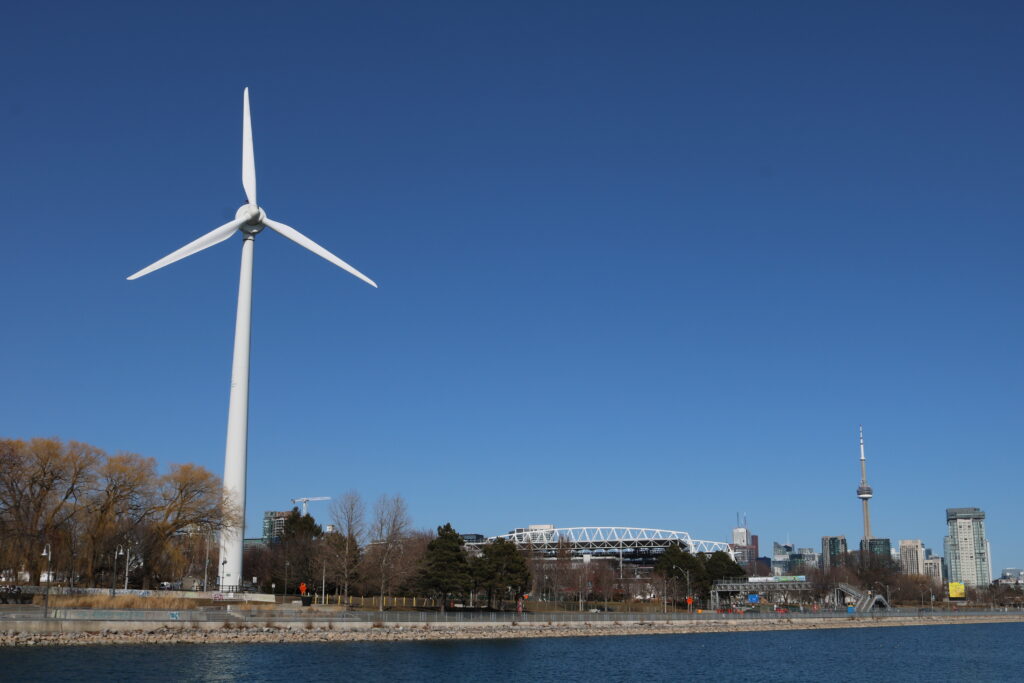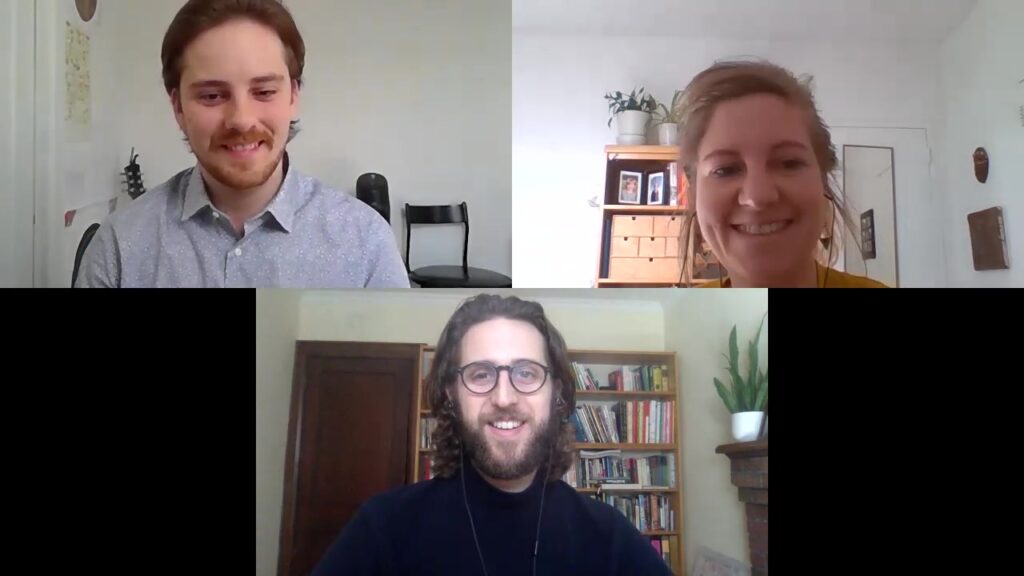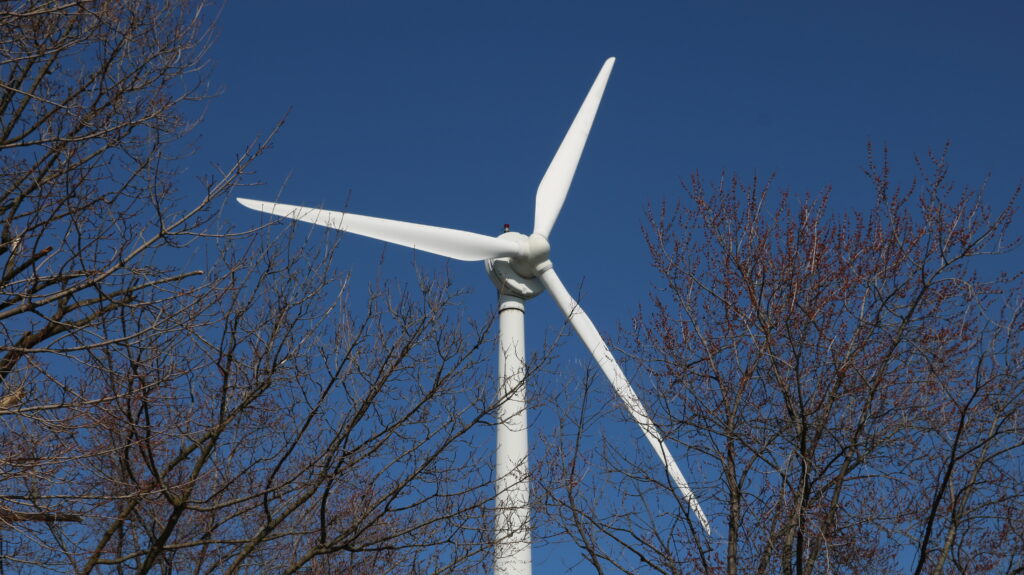By Sael Forster
Miniature plastic cars with solar panel roofs built by excited children race across their classrooms, powered by desk lamps held in their hands. Wind turbines made out of plastic water bottles, wooden popsicle sticks, miniature gears, and wires light up lightbulbs and smiles.Canada’s largest renewable energy education program, Relay Education, delivers mentorship and networking programs for First Nations, Inuit, and Metis communities in Ontario and Alberta, teaching them about renewable energy and the prospect of ‘green-collar’ jobs.
“We have our Kids World of Energy programs that are at the elementary school level,” said Amanda Stanger, Relay’s Indigenous programs manager. “And we’ve also done projects with older youths, like high school age, where we have coupled a program with the community and a school.”
Relay delivers an array of energy literacy-based programs, including educational workshops for elementary school students, and career development programs for high-school-aged youth pursuing careers in the renewable energy sector.“Indigenous communities have a unique opportunity with renewable energy to shift the way they power themselves,” said Mary Warner, the co-executive director of the Toronto Renewable Energy Co-op (TREC), Relay’s parent organization.
TREC’s mission is to support co-ops and to help indigenous communities develop community-powered renewable energy projects which enable participation and ownership of the project from community members.
Community-powered energy projects can provide Indigenous communities with a number of environmental, social, and economic benefits different from a private ownership model where profits and jobs are more likely to be outside of the community, according to a 2018 report from TREC.
“Cambrian College has done some work training some folks on installing solar panels, and the project in their local indigenous community,” said Stanger, referring to a past Relay project partnered with Cambrian College. “They provided the training to their community members, and then hired the community members after the training to actually install the solar panels.”
Other accomplishments from Relay’s Indigenous community career programs include 13 graduates from the three-week program and more than 50 others who attended career workshops at Chippewas of the Thames in 2014, according to the company’s website.
There were approximately 2,300 Indigenous clean energy projects inacross Canada according to a 2020 report from Indigenous Clean Energy (ICE). These projects are either currently operational or in the final stages of development and include power generation, energy efficiency, heat production, and electricity transmission.
Medium and large renewable energy projects bring a considerable number of jobs to Indigenous communities during construction, but once operational, employment for the project becomes more modest, according to the same ICE report. Smaller projects and energy transmission provide additional job opportunities once the projects are operational.
“First Nation communities in Ontario right now are primarily still dependent heavily on diesel,” said Stanger. “Energy independence is something that we strive for.”
“What we like to see the most of is when the indigenous group fully owns the utility that they’re working with and that has happened in many instances, throughout Canada, especially within the last 10 years. That’s becoming more prominent.”
Average Indigenous ownership of renewable energy projects across Canada was 45% in 2020, a growth of 13 percentage points over three years. ICE also estimates close to $1.5 billion generated in Indigenous employment and contracting income over the next nine years.
Personal and trustworthy partnerships between an organization like Relay and any Indigenous community is crucial in ensuring the community benefits from the project.
“Communicating with people from the community is the obvious first step,” said Wesley Normington, Relay’s executive director. “Some communities will already have an energy plan in place, or they might be at the stage where they’re about to go through the discourse of creating an energy plan.”
Relay’s programs and workshops are flexible, adapting to the concerns and energy needs of any given community.
“We try to couple the needs of that community that we’re working with with the program and each community has slightly different needs,” said Stanger. “So not one of our programs, I would say is duplicated.”
The Kids World of Energy program is Relay’s largest program, reaching approximately 10,000 elementary students in a normal year, according to Normington.
Starting the conversation around sustainability and renewable energy at a young age is a central focus for Relay in the process of creating a 100% renewable future.
“Kids are exposed to the ways of fossil fuels every day,” said Normington. “So we think it’s only fair to be able to expose them as much as we can to a different way of doing things, a more sustainable way of doing things, and so they’ll grow up to really understand the possibilities of alternative energy.”
In 2019, Relay delivered 38 workshops to 758 Indigenous youth across Canada, according to a report from the charity.
When the COVID-19 pandemic hit a year ago, Relay, like the rest of us, had to adapt. Relay created online versions of its educational programs and workshops which are being offered to elementary schools remotely to ensure their programs are still available to remote Indigenous communities across Canada.“We have developed a component of our programming called ‘Train The Teacher’,” said Stanger. “That is where we take an individual who is in a community, and we train them on our program, so they [the community] have somebody local that doesn’t have to go through security clearance or vaccination protocols in order to deliver our programming.”
For classrooms still permitted to hold in-person lessons, materials are delivered by Relay and either an in-person or virtual facilitator runs the interactive workshop.
Despite being forced to limit its programs since the start of the pandemic, Normington measures Relay’s success with one simple metric.
“Just being able to sort of play that connector role and be one piece of the puzzle in terms of helping young people get more involved and engaged in the shift to a more sustainable future, I think are just some of the examples that we’re really proud of and really kind of see where we’re making a real impact.”





